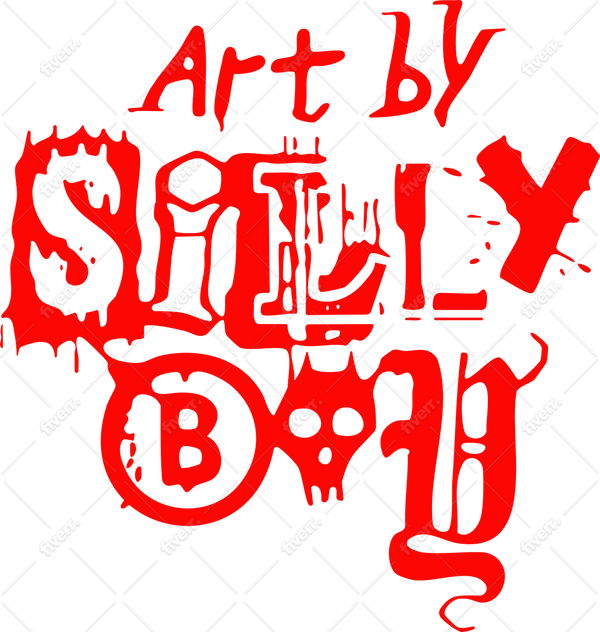Scarcity Sells, Desperation Smells: Stop Hawking Your Art Like a Street Vendor
Share
Look, I get it. This debate is exhausting. Like convincing a fast-food junkie that a five-star Michelin meal is worth the wait. Some people are happy with $9.99 posters and mass production—and that’s fine. But if you’re trying to build an exclusive brand, not a flea market booth, we’re playing two different games.
Exclusivity isn’t elitism, it’s economics. Scarcity creates value. Abundance kills it. The same way that nobody cared about toilet paper until it was hard to find, people don’t crave what’s in oversupply. Your art should be a rare commodity, not something wedged between booths selling funnel cakes and hemp bracelets.
So, here’s why you won’t catch me selling high-end art next to a guy peddling "I Flexed and My Sleeves Fell Off" t-shirts.
Wrong Buyer Mindset: No One Buys a Rolex Next to a Taco Truck
If your artwork costs four figures or more, you’re not looking for bargain hunters—you need collectors, not customers. People at festivals, farmer’s markets, and concert pop-ups aren’t shopping for long-term investments, they’re buying cheap, fun, impulse purchases.
You wouldn’t expect Louis Vuitton to open shop between a pawn shop and a vape store. Same rule applies here. High-end products require high-end environments.
Counterargument: "But I’ve sold plenty at these events!"
Rebuttal: Sure, but at what cost? Did you factor in time, effort, and brand perception? Did those buyers become repeat collectors or just impulse shoppers who’ll forget you exist?
Brand Perception: The Price of Admission
Luxury never bargains. Ferrari doesn’t have flash sales. Rolex doesn’t have clearance racks. You know who does? The dollar store.
When you set up shop next to cheap trinkets, prints, and keychains, you’re devaluing your brand by association. People expect to haggle because everything around you screams negotiable. And if someone’s haggling over your $4,000 painting like it’s a flea market rug, congratulations—you’ve already lost.
Counterargument: "Selling prints at a festival makes my art accessible!"
Rebuttal: Yeah, and McDonald’s makes food accessible—doesn’t mean they’re competing with Nobu. You choose your category: high-end or mass-market. Trying to play both is a branding disaster.
Environment: Wind, Rain, and Drunken Idiots
Your studio or gallery is a controlled, curated space. A festival? It’s an unhinged carnival of chaos. You’ve got wind, dust, spilled drinks, and urinating dogs threatening your work. Transport headaches (because nothing screams “luxury” like cramming a $5,000 canvas into a Honda Civic). Zero security—I once saw a drunk guy karate-kick a painting for no reason. The artist? Helpless. The guy? Stumbling off like nothing happened.
Oh, and exposure? Social media gives you global exposure 24/7, not just a couple of hungover tourists stumbling past your booth. If exposure is your excuse, you’re doing marketing wrong.
Counterargument: "Festivals bring in foot traffic!"
Rebuttal: Foot traffic doesn’t mean buyers. Art collectors aren’t wandering festivals hoping to stumble upon their next piece. They go to galleries, auctions, and private showings—places that validate value.
Time vs. ROI: Do the Math, Genius
You say you’re making bank at these festivals? Cool. Let’s break it down.
1. Calculate your hourly worth: Annual income goal ÷ total work hours per year. Example: $100,000 ÷ 2,000 hours = $50/hour.
2. Factor in total festival time: Packing, transporting, setting up, breaking down, actual event hours. Let’s say 27 hours total.
3. Find your break-even point: 27 hours x $50/hour = $1,350. Meaning, your first $1,350 in sales doesn’t count as profit—it just covers your time.
4. Now, find your actual hourly rate: If you net $1,000 after expenses, that’s $2,350 total gross revenue. $1,000 ÷ 27 hours = $37/hour. Less than your actual value of $50/hour, making this a bad investment.
If you’re willing to work for less than you’re worth, just buy your girlfriend some overpriced shoes and call it a day.
Reputation & Exclusivity: How Ferrari and Supermodels Stay in Demand
Ferrari doesn’t let just anyone buy a car. The rarer something is, the more desirable it becomes.
Same reason a gorgeous model in a VIP booth gets approached by everyone while a woman standing outside a motel parking lot does not. Location and exclusivity shape perception.
Author Ashley Mears, in Very Important People, explains how the elite social scene thrives on artificial scarcity—making access feel special makes the product (or person) seem more valuable. The same rule applies to art, brands, and high-ticket sales.
Want your art to sell for more money to better clients? Make it harder to get.
Conclusion: Sell Smart, Not Desperate
You can sell cheap to a lot of people, or sell expensive to a few people. Both work. Just don’t pretend you’re in one category while operating in the other. If you’re struggling to sell your art at the right price, it’s not the market—it’s your positioning.
If you refuse to present your work like a luxury product, don’t get mad when buyers treat it like a clearance item.
Now, go make some art—and before you get defensive, remember that complaining never paid a single bill.
Recommended Reading:
"Very Important People: Status and Beauty in the Global Party Circuit" – Ashley Mears
"The Luxury Strategy: Break the Rules of Marketing to Build Luxury Brands" – J.N. Kapferer & V. Bastien
Recommended Podcast:
